
A Path of Progress
U.S. Surgeon General issues a Call to Action to Prevent and Decrease Overweight and Obesity, declaring obesity an epidemic and recommending changes from the individual to the policy level to support healthy eating and physical activity.
RWJF launches a suite of Active Living programs aimed at making physical activity easier and more accessible for all nationwide by improving the built environment.
RWJF, Time Magazine, and ABC News host a Summit on Obesity, bringing together leaders from research, healthcare, policy, industry, news media, and the public to address the obesity epidemic and propose solutions.
RWJF and the Alliance for a Healthier Generation launch the Healthy Schools Program to help tens of thousands of schools promote healthy eating and physical activity for over 30 million U.S. children.

RWJF launches Healthy Eating Research and funds the Rudd Center for Food Policy and Health to advance science and research on childhood obesity. The research generated by these programs will inform important policy discussions on federal nutrition programs, dietary guidelines, and food and beverage marketing.
RWJF commits $500 million to reversing the childhood obesity epidemic.

RWJF funds launch of Healthy Kids, Healthy Communities, a national program to support policy and environmental changes in local communities to make it easier for families with low incomes to eat healthy and be active. The program led to more than 2,000 policy wins across 50 locations.

RWJF collaborates with PolicyLink and the Arkansas Center for Health Improvement in launching the RWJF Center to Prevent Childhood Obesity to help coordinate the childhood obesity movement and advance a coordinated policy agenda at the local, state, and federal levels.
The WIC food package is updated to better align with the Dietary Guidelines for Americans, changes later cited as possibly contributing to declining obesity rates among children participating in WIC.

RWJF launches the New Jersey Partnership for Healthy Kids, which worked with community partners to achieve 300+ policy and environmental wins to promote healthy eating and physical activity for children through 2017.
RWJF launches Communities Creating Healthy Environments, which worked with 21 community-based organizations and tribal nations to address the root causes of childhood obesity. The initiative secured 72 policy and environmental wins to improve children’s access to healthy food, safe recreation, healthcare, clean environments, affordable housing, and safe neighborhoods through 2017.
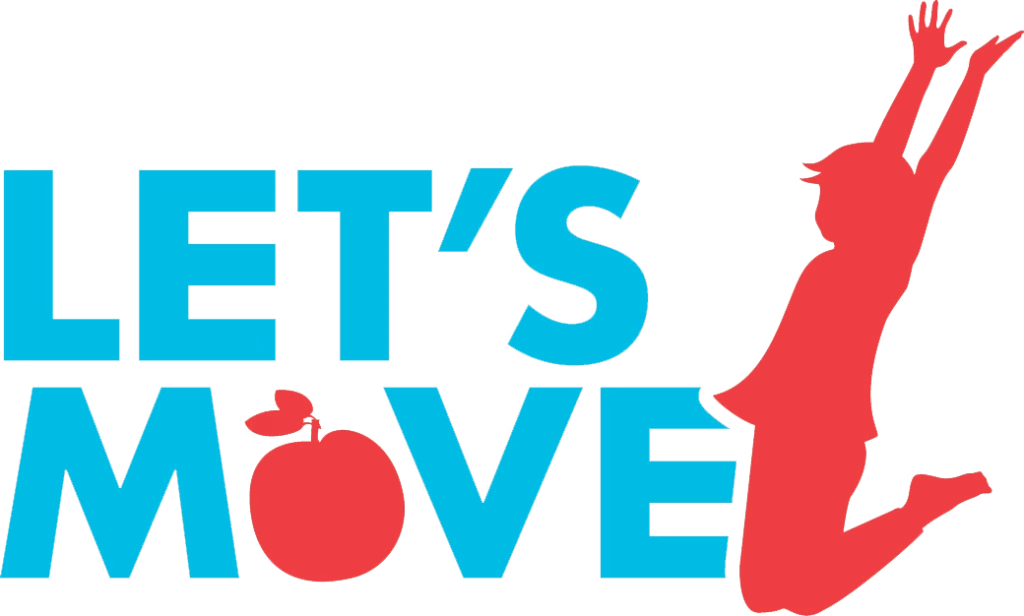
First Lady Michelle Obama creates Let’s Move!, a national initiative dedicated to solving the problem of obesity within a generation.

RWJF and the Pew Charitable Trusts launch the Kids’ Safe and Healthful Foods Project to analyze and make evidence-based recommendations on policies that affect the safety and health of school foods.
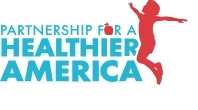
RWJF coordinates with other philanthropies to launch the Partnership for a Healthier America, which aims to motivate private businesses to make their own commitments to address childhood obesity and to measure the impact of those commitments.
Congress passes the Healthy, Hunger-Free Kids Act, the first update to nutrition standards for school meals and snacks in more than 15 years, affecting 50 million children daily at 99,000 schools.
RWJF launches Leadership for Healthy Communities to support local and state government leaders in their efforts to pass public policies that promote active living, healthy eating, and access to healthy foods.
Updated nutrition standards for school meals go into effect, providing millions of students across the U.S. with more whole fruits and vegetables, whole grains, and less sodium and fewer unhealthy fats.

The Institute of Medicine publishes Accelerating Progress in Obesity Prevention, which serves as a focal point for the obesity prevention field in focusing efforts on systems change in activity, nutrition, marketing, and support across schools, healthcare, and business.
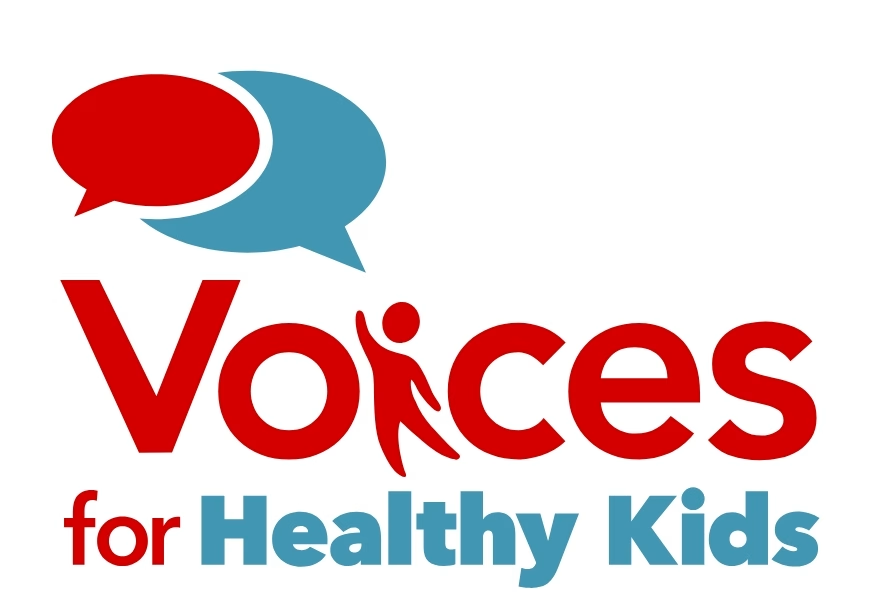
RWJF and the American Heart Association launch Voices for Healthy Kids, funding state and local campaigns that go on to achieve 142 policy wins reaching more than 167 million people in under five years.
USDA updates WIC and school snack nutrition standards, increasing the WIC fruit and vegetable benefit and adding healthier, lower-fat, lower-sugar, lower-sodium options to schools.
The Farm Bill authorizes the National Healthy Food Financing Initiative, a public-private partnership to help healthy food retailers and supply chain enterprises to overcome the higher costs and initial barriers to entry in underserved areas.

The National Academies of Sciences, Engineering, and Medicine launches the Roundtable on Obesity Solutions to track the progress of science and make evidence-based recommendations on systems change.
RWJF commits an additional $500 million to address childhood obesity over the next decade, with a focus on reducing disparities. At the announcement, First Lady Michelle Obama said, “While I might get a lot of credit for what we’ve done through Let’s Move!, I know that Let’s Move! couldn’t even exist if it weren’t for RWJF’s leadership.”
Menu labeling requirements in chain restaurants take effect nationwide, providing consumers with access to calorie and nutrition information to help inform healthier choices.
A comprehensive analysis published by USDA shows that school meals are healthier and nearly all schools are meeting the updated nutrition standards.
The Farm Bill creates GusNIP, a program to help SNAP participants buy more fresh fruits and vegetables by providing financial incentives.
The CDC announces declines in obesity rates among young children enrolled in WIC from 2010 to 2016. Another study estimates that updates to WIC contributed to a 2% reduction in the child poverty rate by 2019 compared to what the rate would have been without WIC.
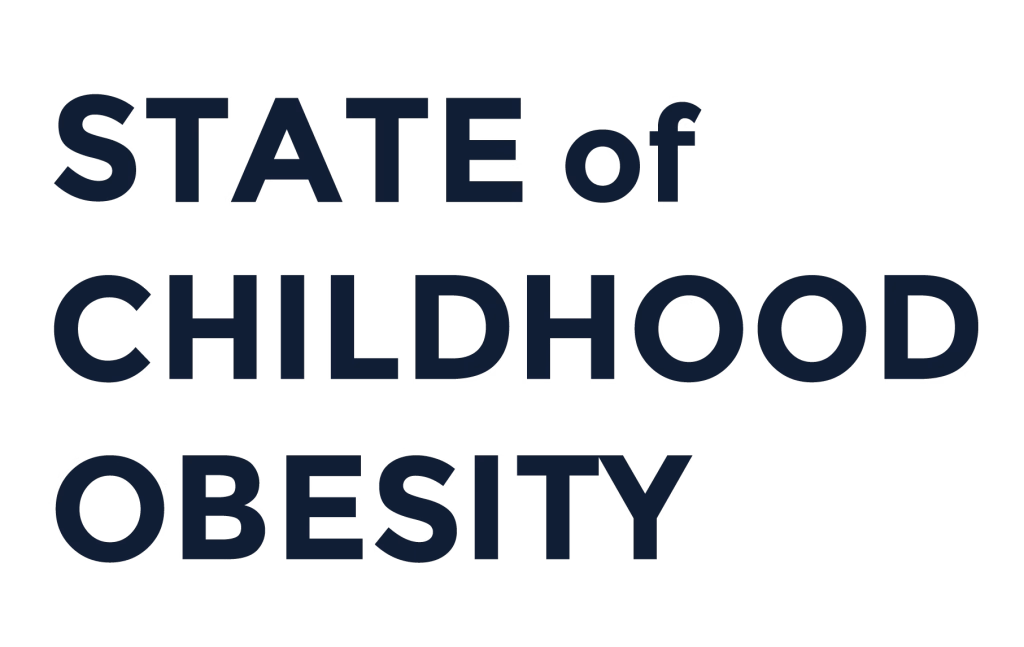
RWJF launches the State of Childhood Obesity site and releases its first annual report, which includes the best available data on national and state childhood obesity rates, recommended policies to help address the epidemic, and stories of communities and individuals taking action across the nation.
School meals are provided to every student free of charge to help feed children during the COVID-19 pandemic. Providing healthy school meals for all is found to improve schools’ budgets and students’ participation in the program, food security, health, and academic performance.
RWJF-funded study links healthier school meals with a lower risk of obesity. The study found that after the Healthy, Hunger-Free Kids Act, the risk of obesity would have been 47% higher in 2018 if the legislation had not passed.
Updates to SNAP, including revisions to the Thrifty Food Plan, go into effect, leading to an increase in benefits for participants and reducing poverty.
USDA and HHS release new Dietary Guidelines for Americans, informed by HER, which provide guidance on a healthy diet for all stages of life—from birth to adulthood.
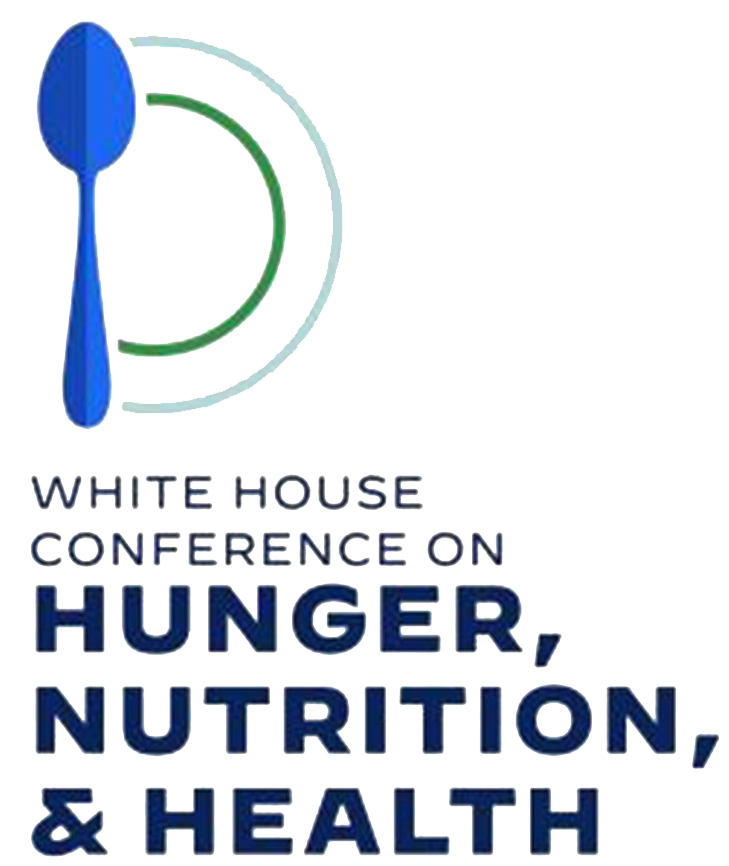
The White House hosts the first Conference on Hunger, Nutrition, and Health in 50 years and releases a national strategy to end hunger and diet-related diseases in the U.S. by 2030.
USDA ends extra pandemic-related SNAP benefits, contributing to a sharp rise in food insecurity at a time when inflation and food prices are high.
USDA proposes permanent updates to school meal nutrition standards, making them healthier and more aligned with the dietary guidelines for the first time since 2010’s Healthy Hunger-Free Kids Act.

Eight states enact universal school meals, and USDA launches SUN Bucks—a program providing free meals to students over the summer—to participating states. These major policies provided free, healthy food to millions of kids across the country.

The American Medical Association policy recognizes limitations and racist bias of BMI as a measurement and suggests using it alongside other measures of risk, never alone.
USDA expands the Community Eligibility Provision by lowering schools’ eligibility to provide free school meals to all students, allowing 3,000 more school districts to provide free meals to students.

The Roundtable on Obesity Solutions publishes work exploring the limitations of BMI as a useful measure.
Further updates to the WIC food package go into effect, providing participants with more choice and access to fruits and vegetables, whole grains, and culturally relevant food options.
USDA ends the Local Food for Schools and Local Food Purchase Assistance programs, which supplied schools and food banks with fresh produce from local farms.
Congress passes a budget bill that is estimated to take SNAP benefits away from more than 22.3 million U.S. families by passing SNAP costs onto states, limiting updates to the Thrifty Food Plan, adding burdensome work requirements, and eliminating SNAP-Ed.
RWJF funds $20 million in new grants to nine organizations working to address structural racism in food and health systems, fill gaps in research, and collaborate with communities most impacted by childhood obesity and food insecurity.